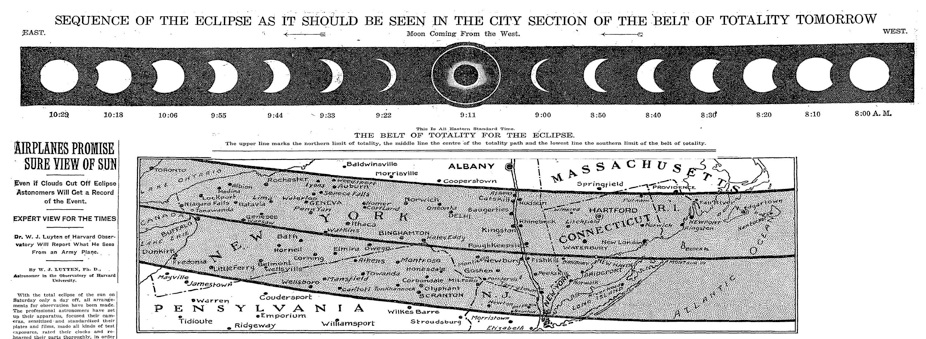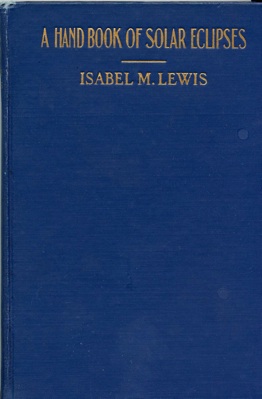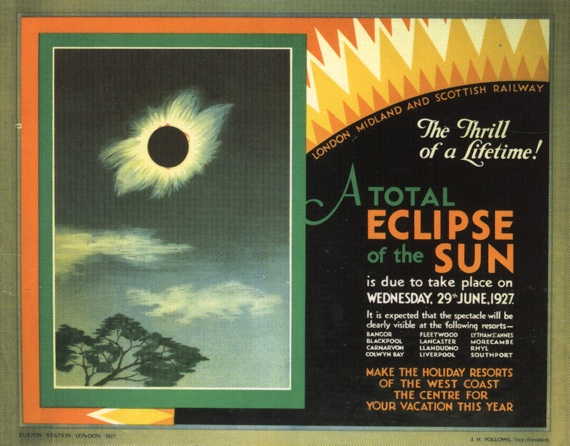Courtesy of Sheridan Williams, www.clock-tower.com
Solar eclipse maps from 1921 to 1930
Sources
The maps from the British Nautical Almanac and Astronomical Ephemeris and the French Connaissance des Temps were found and extracted from http://books.google.com. The maps from the American Ephemeris and Nautical Almanac and eclipse supplements from 1921 to 1930 are either scanned from the collection of Michael Zeiler or scanned from holdings at the Federal Depository Library in Albuquerque, N.M.
The newspaper pages with eclipse maps and stories were found at U.S. Library of Congress page on Chronicling America: Historican American Newspapers, http://chroniclingamerica.loc.gov/
Sheridan Williams provided several eclipse maps and illustrations for the 1927 eclipses. His web site, http://www.shindles.co.uk/eclipse.htm, contains considerable information about eclipses
All of the eclipse maps by William Rigge published in Popular Astronomy can be found by searches on http://www.adsabs.harvard.edu/. The maps from the Astronomical Society of the Pacific, Popular Astronomy magazine, Bulletin de la Societe Belge d'Astronomie, and 1927 Norway map can also be found by searches on this web site.
The newpaper accounts of the 1925 January 24 total solar eclipse over New England can be found at www.tse1925.com.
The 1927 Diagram Illustrating the Saros Cycle of Eclipses is from http://www.ssplprints.com. This is a low resolution image; a high resolution print can be purchased at this web site.

New York Times headline for eclipse of 1925 January 24 from www.tse1925.com

During this decade, two eclipses were widely observed in North America and Europe.
The total solar eclipse of 1925 January 24 swept over New England and the southern limit line of eclipse bisected New York City. That day in New York was bitterly cold but brilliantly clear and the eclipse thrilled many lucky citizens. Many interesting accounts and videos of this event can be found at www.tse1925.com.
Two years later, a total solar eclipse traversed Great Britain and Norway on 1927 June 29. This event was widely anticipated and many persons boarded trains to the zone of totality for a chance to see this eclipse. Unfortunately, most of Wales and England was cloudy that day, but an eclipse party at Giggleswick which included the Astronomer Royal, Sir Frank Dyson, had splendid luck in spying 27 seconds of totality. This was the first total solar eclipse over the UK since 1724, as related in Sheridan Williams’ book UK Eclipses from 1 to 3000 AD.
Isabel M. Lewis is an important figure in the study and popularization of eclipses in this period. She performed eclipse calculations for the Nautical Almanac Office of the U.S. Naval Observatory and wrote many magazine articles in advance of eclipses. In 1924, she wrote A Handbook of Solar Eclipses, a highly readable explanation of eclipses with extended descriptions of eclipse phenomena.

